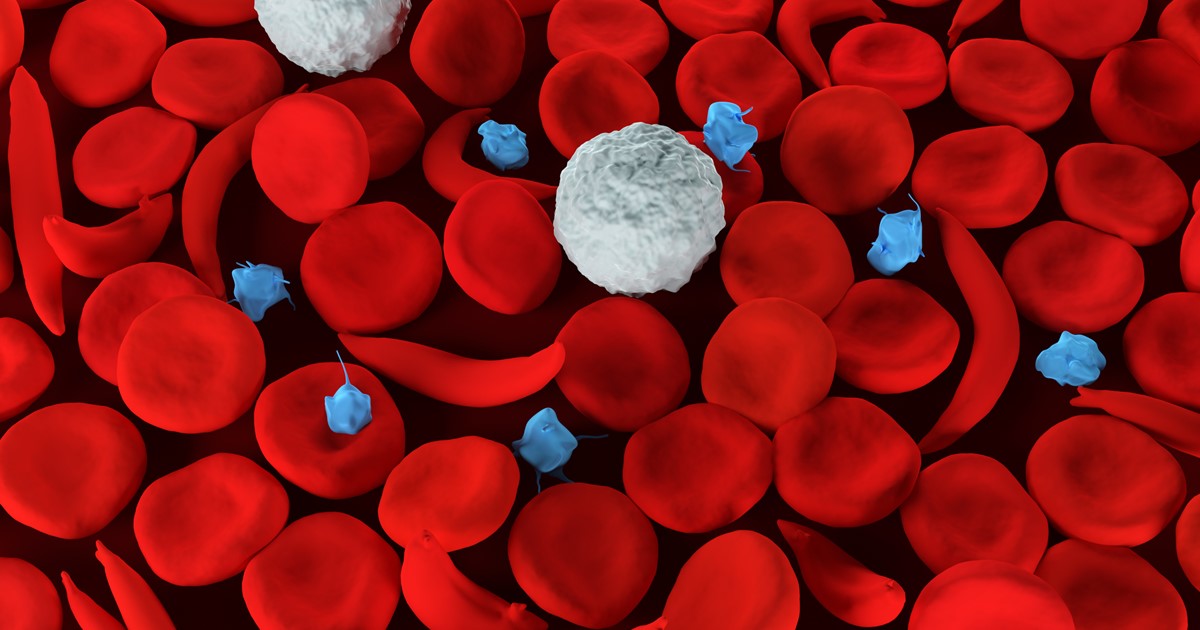Major Types of Blood Disorders
Throughout history, blood has been connected to the thought of life. Healthy blood will make all the difference in the human body because it is a type of living tissue that consists of both liquids and solids. Blood disorders can be caused by simple genetic inheritance or by manmade occurrences such as through medicines, lack of proper diet, or disease. When it comes to blood disorders, they typically affect the red blood cells, white blood cells, platelets, or plasma.
Red Blood Cells: Anemia

Individuals with anemia have a low red blood cell count in their blood-stream, which can cause various types of deficiencies. The main purpose of a red blood cell is to act like a supply agent. Specifically, they carry oxygen from the lungs throughout the body. Severe anemia can cause pale skin, shortness of breath, and fatigue. Deficiencies in both iron and vitamin B12 can result in different types of anemia, as these nutrients are necessary in order to make more red blood cells and to keep nerve endings functioning correctly.
Red Blood Cells: Sickle Cell Anemia

Sickle cell anemia is a genetically inherited form of anemia characterized by irregularly shaped red blood cells that do not function properly. Instead of having a round shape like healthy red blood cells, sickled red blood cells are rigid and shaped like a crescent moon. The presence of sickle cells in a patient's blood causes a crowding out of healthy red blood cells. These sickle cells have a tendency to accumulate and stick together in the blood vessels, causing an obstruction in blood flow. When this occurs, the affected individual will have episodes of severe pain due to oxygen deprivation to the tissues around the obstruction. Sickle cell anemia patients are prone to contracting infections frequently. This occurs because an organ called the spleen, which is part of the immune system, becomes overwhelmed with sickle cells and is unable to perform its usual immune defense functions as a result. The only possible cure for sickle cell anemia is a bone marrow transplant. Treatment otherwise focuses on the prevention of complications and symptom management.
